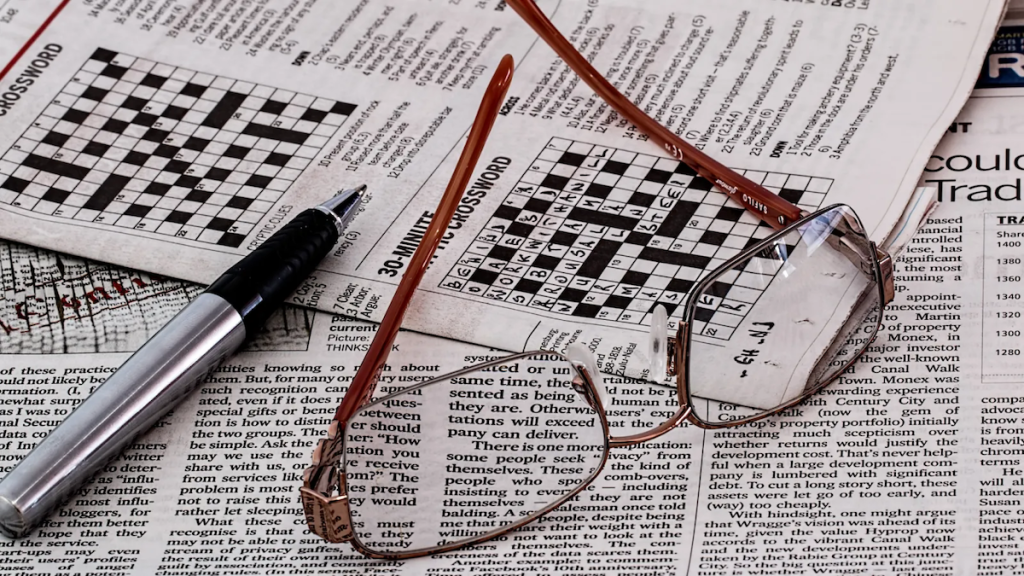
Suffering a stroke is a life-altering event that can disrupt not only physical abilities but also cognitive functions and overall quality of life. While rehabilitation often focuses on physical therapy and exercises that improve mobility, engaging in brain exercises for stroke recovery can be equally important.
These exercises not only aid in improving cognitive function but may also promote neuroplasticity, the brain’s ability to reorganize and form new neural connections. Here, we’ll explore ten brain exercises that can aid in rebuilding cognitive abilities and enhancing overall quality of life for stroke survivors.
Brain exercises for stroke recovery
1. Sudoku and Crossword Puzzles:
Sudoku and crossword puzzles are classic brain exercises that stimulate critical thinking, memory, and problem-solving skills. These puzzles challenge the brain to recognize patterns and recall information, making them excellent tools for stroke survivors seeking cognitive rehabilitation. Integrating these puzzles into daily routines can help improve concentration and mental agility, crucial elements in the recovery process.
2. Memory Games:
Memory games, such as matching cards or recall exercises, may be valuable for enhancing short-term memory. These activities encourage the brain to practice information retrieval and retention, essential skills for regaining cognitive function post-stroke. Whether played digitally or using physical cards, memory games offer a fun and engaging way to exercise the brain and promote cognitive recovery.
3. Mental Math Exercises:
Engaging in mental math exercises can help stroke survivors improve numeracy skills while stimulating various areas of the brain. Simple calculations, such as addition, subtraction, multiplication, and division, challenge cognitive processes like attention, problem-solving, and working memory. Incorporating mental math into daily routines, such as calculating expenses or tip percentages, provides practical application and cognitive stimulation simultaneously.
4. Word Association:
Word association games involve connecting words based on semantic relationships or similarities. This promotes linguistic abilities, semantic memory, and cognitive flexibility, all of which are crucial for stroke recovery. Stroke survivors can play word association games independently or with a partner, fostering social interaction while exercising cognitive skills.
5. Visualization and Imagery:
Visualization exercises involve mentally picturing scenes, objects, or concepts in vivid detail. This technique can enhance memory, attention, and spatial reasoning abilities, making it beneficial for stroke survivors aiming to regain cognitive function. Practicing visualization exercises, such as imagining a familiar place or visualizing a specific sequence of events, can strengthen neural pathways associated with perception and memory.
6. Jigsaw Puzzles:
Jigsaw puzzles offer both cognitive and tactile stimulation, making them ideal for stroke recovery. Assembling pieces requires visual-spatial skills, problem-solving, and attention to detail, all of which contribute to cognitive rehabilitation. Start with simpler puzzles and gradually increase the complexity as cognitive abilities improve.
7. Reading and Writing:
Reading and writing are fundamental activities that promote language comprehension, communication skills, and cognitive processing. Stroke survivors can engage in reading books, articles, or short stories to improve comprehension and expand vocabulary. Similarly, practicing writing, whether through journaling, letter composition, or creative writing exercises, helps strengthen cognitive functions associated with language and expression.
8. Music Therapy:
Music therapy harnesses the therapeutic power of music to facilitate cognitive, emotional, and physical rehabilitation. Listening to music, playing instruments, or participating in singing and dancing exercises can stimulate multiple areas of the brain involved in memory, attention, and motor coordination. Incorporating music therapy into stroke recovery regimens offers a holistic approach to rehabilitation, promoting overall well-being and cognitive function.
9. Meditation and Mindfulness:
Mindfulness practices, such as meditation and deep breathing exercises, promote relaxation, stress reduction, and mental clarity. These techniques can benefit stroke survivors by improving attention, emotional regulation, and overall cognitive function. Incorporating mindfulness into daily routines fosters a sense of calmness and resilience, essential for navigating the challenges of stroke recovery.
10. Brain Training Apps:
Advancements in technology have led to the development of various brain training apps designed to enhance cognitive function. These apps offer a wide range of activities, including memory games, puzzles, and attention exercises, tailored to individual needs and abilities. Stroke survivors can conveniently access these apps on smartphones or tablets, allowing for personalized and engaging brain exercise routines.
Beyond brain exercises: other ways to improve recovery

Incorporating brain exercises into stroke recovery regimens is a great way to promote cognitive rehabilitation and enhance overall quality of life. From classic puzzles to innovative technology-driven solutions, there are numerous ways to stimulate the brain and facilitate neuroplasticity post-stroke.
By engaging in targeted brain exercises consistently, stroke survivors can rebuild cognitive abilities. To rebuild physical abilities, physical therapy will be an essential component of rehabilitation. In addition to physical therapy, there are technologies and devices that can further support improved mobility.
The Cionic Neural Sleeve is a new, FDA-cleared assistive device designed to address leg weakness and foot drop due to stroke. Take the assessment to see if it’s a fit for you and your mobility.





